The Walking Deceased
- 3.6
- Comedy
- 2015
- 1h 28m
- PG-13
a darkly funny zombie parody that blends horror, satire, and slapstick into one outrageous survival story. Packed with laughs, gore, and pop culture chaos, it reimagines the zombie apocalypse as a hilarious breakdown of every undead movie ever made.

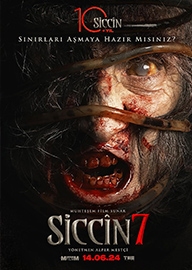

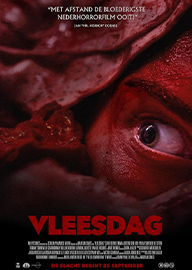
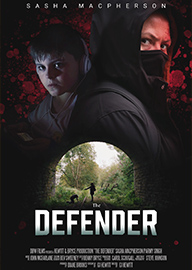
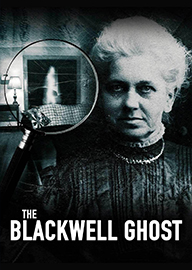
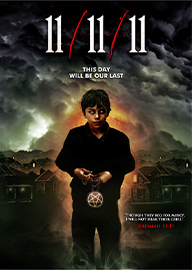
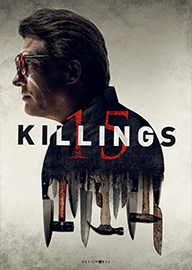

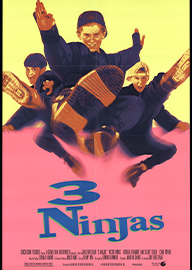
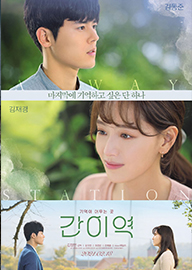
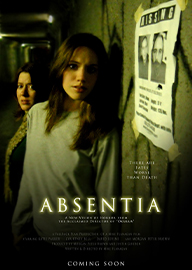
Comments
0Reviews
0Summery
1Please sign in to comment.
Please sign in to review.
The Walking Deceased (2015) lurches onto the screen as a wild, chaotic, and wickedly self-aware parody of the zombie genre, fusing the horror and humor of the undead apocalypse with relentless pop culture satire. Set in a post-apocalyptic America overrun by zombies, the film begins with Sheriff Lincoln, a confused and grizzled lawman awakening from a month-long coma in a hospital eerily similar to The Walking Dead’s opening. But instead of despair and grim realism, Lincoln stumbles into absurdity — a world where survivors, zombies, and even cinematic tropes are all fair game for ridicule. As he wanders through wastelands filled with broken signs, half-hearted barricades, and confused survivors who think they're still in other movies, he begins to piece together the reality that this apocalypse is not only deadly but disastrously dumb. The film playfully lampoons everything from The Walking Dead and Zombieland to Warm Bodies and Shaun of the Dead, turning every serious moment into a riot of ridiculousness and every trope into a punchline sharpened with horror fan nostalgia.
As the film unfolds, we follow a band of survivors who are as dysfunctional as they are delusional. There’s Green Bay, the awkward yet enthusiastic slacker whose self-proclaimed leadership skills are as questionable as his hygiene; a confused group of misfits trying to survive with more selfies than supplies; and a zombified teenager who believes he’s still capable of love. Their journeys intersect in a run-down mall, a cabin, and a series of half-built safe zones that echo iconic zombie movie settings — but with every dramatic setup, The Walking Deceased detonates another comedic explosion. Each scene pushes its parody further: blood splatters with slapstick precision, heartfelt confessions are undercut by idiocy, and heroism crumbles beneath a mountain of poor decisions. Director Scott Dow’s clever orchestration of physical comedy and dark wit gives the film a rhythm that feels both chaotic and calculated, celebrating the genre it mocks while lovingly tearing it to pieces. The narrative humorously blurs the line between survival and stupidity, between horror and hilarity, leaving the audience in a perpetual state of amused disbelief.
Visually, the film plays homage to the gritty post-apocalyptic aesthetic with dim lighting, broken structures, and grimy landscapes, but overlays it all with an ironic brightness that signals the farce beneath the fear. Characters deliver lines that parody not only the clichés of zombie storytelling but also the melodrama of human survival tales. The pacing intentionally mimics the episodic style of television zombie sagas — slow emotional beats followed by manic bursts of violence and chaos — yet always steers toward the ridiculous rather than the heroic. Beneath the humor, however, there’s a strangely affectionate tone toward the genre itself. The Walking Deceased understands why people love zombie stories: the adrenaline, the absurdity, and the fragile thread of humanity that remains when the world has fallen apart. Even while mocking them, the movie preserves that spark of cinematic love, turning parody into tribute. In its finale, as the ragtag survivors face another wave of the undead, they fail gloriously, shouting clichés and wielding weapons that barely work. The credits roll over scenes of carnage mixed with comedy, leaving the audience laughing, cringing, and oddly nostalgic for the very zombie thrillers the film just destroyed.
In cinematic spirit, The Walking Deceased (2015) functions as both a mirror and a mockery of a decade of undead obsession. It’s a film where laughter walks hand in hand with decay, where pop culture cannibalizes itself as gleefully as the zombies devour brains, and where stupidity becomes its own form of survival. The result is a self-aware, fast-paced, unapologetically silly romp through the apocalypse — one that reminds audiences that sometimes, the only way to survive the end of the world is to laugh at it. From over-the-top action to pun-filled dialogue, from caricatured heroes to hopeless plans, the film dances in its own chaos and delights in it. It’s not a tale of courage or tragedy but a cinematic prank on everything that zombie cinema takes seriously. And in that, it finds its strange, brilliant pulse — proving that even when the world dies, comedy refuses to stay buried.